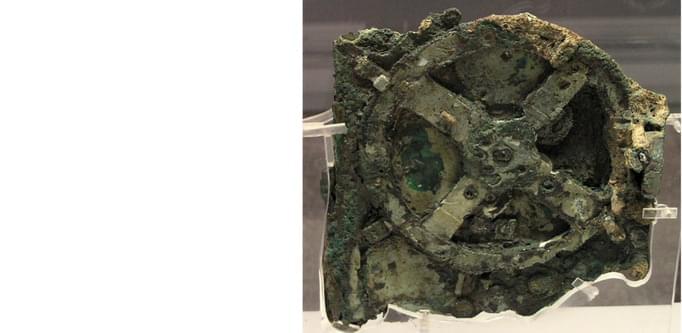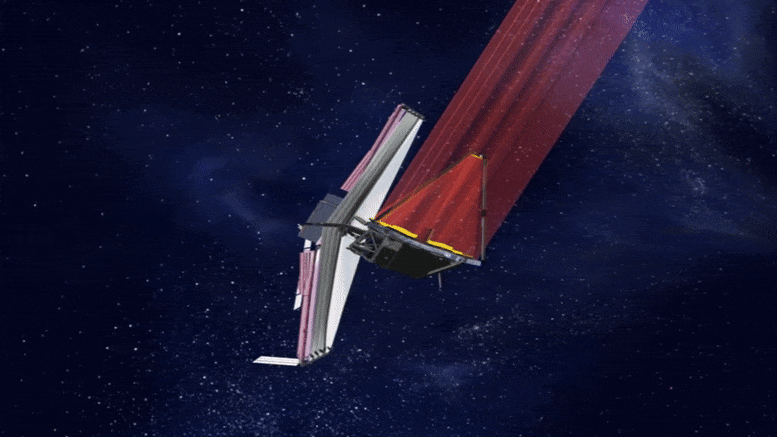“Here’s How Humans Might Beat Other Intelligent Life in a Science Fictional Space Race | Tor.com”
Suppose for the moment that one is a science fiction writer. Suppose further that one desires a universe in which intelligence is fairly common and interstellar travel is possible. Suppose that, for compelling plot reasons, one wants humans to be the first species to develop interstellar flight. What, then, could keep all those other beings confined to their home worlds?
Here are options, presented in order of internal to external.
The easiest method, of course, is that while our Hypothetical Aliens—Hypotheticals for short!—are just as bright as we are, a glance at human prehistory suggests that there is no particular reason to think we were fated to go down the technological path that we did. Sure, the last ten thousand years have seen breakneck technological development, but that’s just a minute portion of a long history. Anatomically modern humans date back 300,000 years. The last ten thousand years have been highly atypical even for our sort of human. Other human species appear to have come and gone without ever venturing out of the hunter-gatherer niche. Perhaps the development of agriculture was a wildly unlikely fluke.






